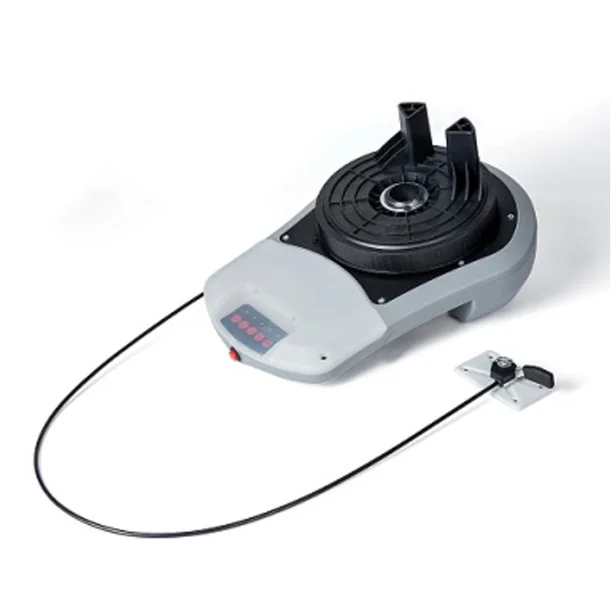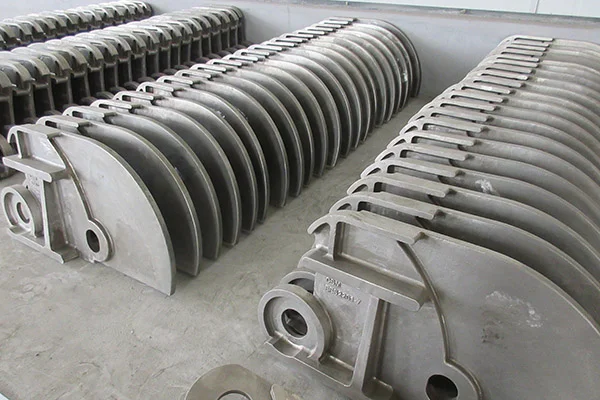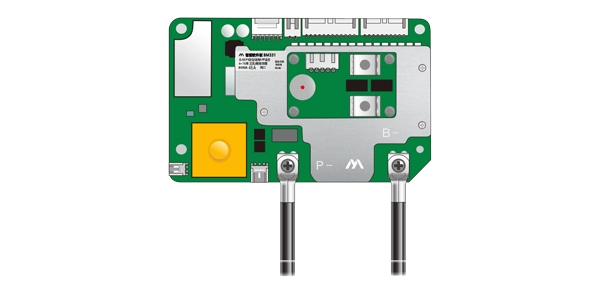When it comes to bonding materials, strong adhesives play a crucial role in various industries, from construction and manufacturing to arts and crafts. However, there are times when you may need to remove or dissolve these powerful substances. Whether you're dealing with stubborn glue on a surface or trying to separate bonded components, understanding what will dissolve strong adhesive is essential. This article delves into the science behind adhesive dissolution, exploring effective solvents, techniques, and safety considerations.
Understanding Strong Adhesives
Strong adhesives, such as epoxy, cyanoacrylate (super glue), and polyurethane, are designed to create durable bonds. Their chemical compositions often include polymers that form cross-links, making them resistant to environmental factors like moisture and temperature changes. This resilience, while beneficial for bonding, poses challenges when it comes to removal.
Common Solvents for Dissolving Strong Adhesives
- Acetone:
Acetone is a powerful solvent commonly found in nail polish removers. It is particularly effective against cyanoacrylate adhesives. To use acetone, apply it to a cotton ball or cloth and gently rub the adhesive until it begins to dissolve. However, acetone can damage certain surfaces, such as plastics and painted finishes, so always test on a small area first. - Isopropyl Alcohol:
Isopropyl alcohol, or rubbing alcohol, is another effective solvent for removing adhesives. It works well on lighter adhesives and can be used on a variety of surfaces. Soak a cloth with isopropyl alcohol and apply it to the adhesive, allowing it to sit for a few minutes before scraping off the residue. - Vinegar:
For a more natural approach, white vinegar can be an effective adhesive remover. Its acetic acid content helps break down the adhesive bonds. Soak a cloth in vinegar and apply it to the affected area, letting it sit for several minutes before wiping away the adhesive. - Commercial Adhesive Removers:
There are numerous commercial products specifically designed for adhesive removal. These often contain a blend of solvents that can effectively dissolve various types of adhesives. Always follow the manufacturer's instructions and safety guidelines when using these products. - Heat:
Applying heat can also help dissolve strong adhesives. A heat gun or hairdryer can soften the adhesive, making it easier to scrape off. Be cautious with this method, as excessive heat can damage some surfaces.
Techniques for Effective Adhesive Removal
- Soaking: For stubborn adhesives, soaking the area with your chosen solvent can significantly enhance its effectiveness. Allow the solvent to penetrate the adhesive for several minutes before attempting to remove it.
- Scraping: After applying a solvent, use a plastic scraper or a putty knife to gently lift the adhesive. Avoid metal tools, as they can scratch or damage the surface beneath.
- Combination Methods: Sometimes, a combination of methods yields the best results. For example, applying heat followed by a solvent can effectively break down tough adhesives.
Safety Considerations
When working with solvents, safety should always be a priority. Here are some essential tips:
- Ventilation: Ensure you are working in a well-ventilated area to avoid inhaling fumes from solvents.
- Protective Gear: Wear gloves and goggles to protect your skin and eyes from potential irritants.
- Surface Compatibility: Always test solvents on a small, inconspicuous area to ensure they do not damage the surface.
Conclusion
Dissolving strong adhesives can be a challenging task, but with the right knowledge and tools, it is entirely achievable. Whether you opt for common household solvents like acetone and vinegar or invest in commercial adhesive removers, understanding the properties of the adhesive and the materials involved is key to successful removal. By following the techniques outlined in this article and adhering to safety precautions, you can effectively tackle even the most stubborn adhesive challenges. Remember, patience is essential; sometimes, the best results come from allowing the solvent to work its magic over time.





